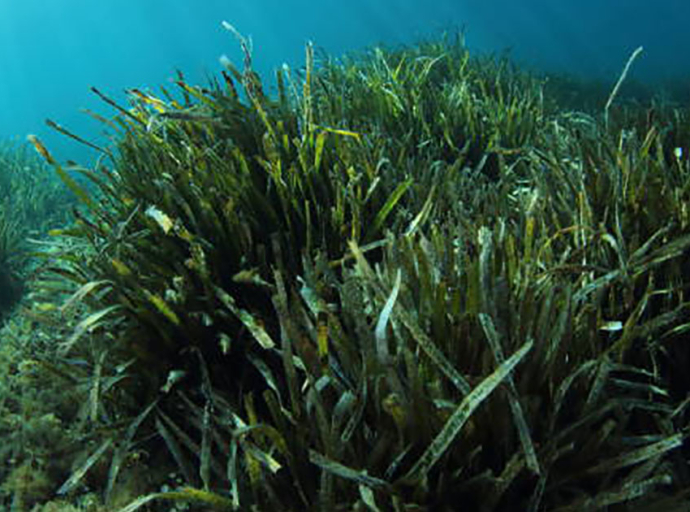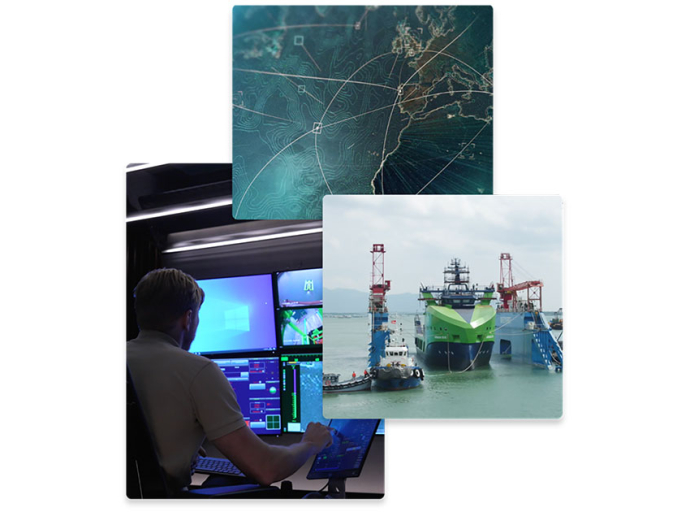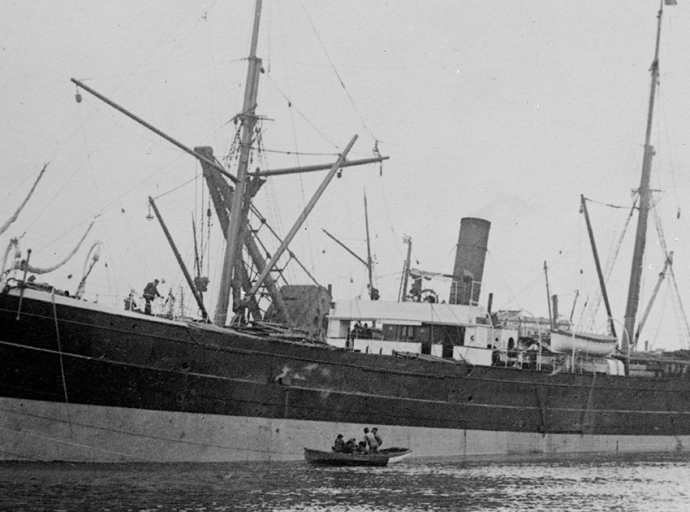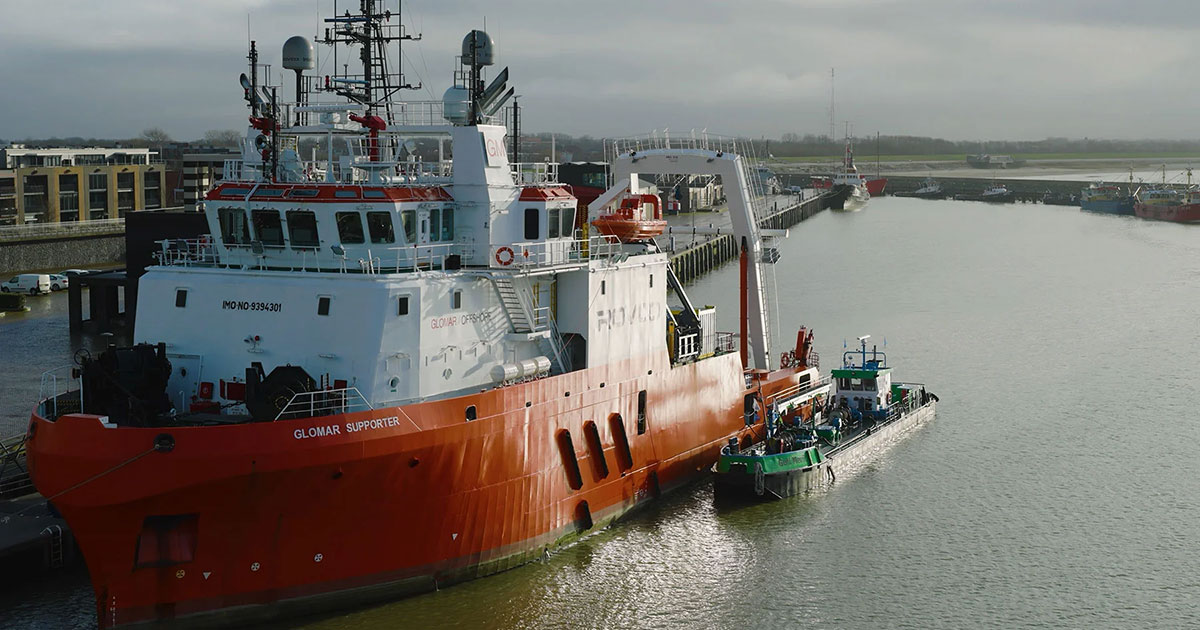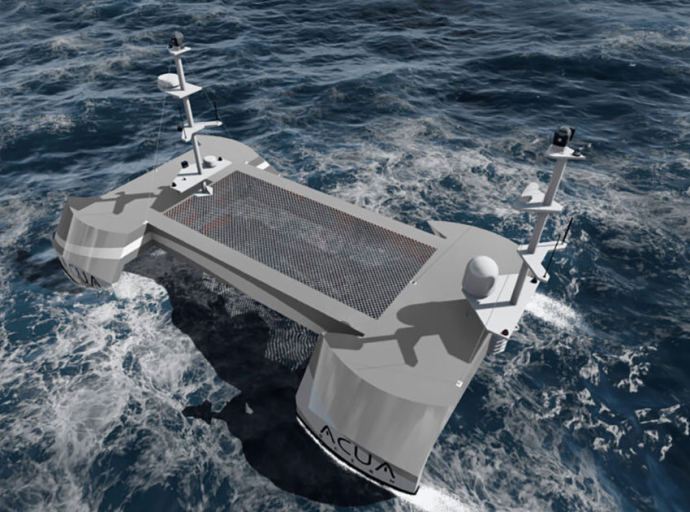Oceanology International has announced a captivating line-up of esteemed industry leaders and experts to cover a diverse schedule of technical sessions and keynote presentations at this year’s Oi24 conference program in London.
Science & Technology
All Stories
Ocean Infinity, a world leader in robotic and uncrewed vessel technology, has announced its attendance and key speaker slot at Oceanology International (Oi) at London’s ExCel between March 12–14, 2024.
Glomar Offshore, a leading provider of offshore drilling services, has reduced their CO2 emissions by 28% by transitioning from traditional fuels to GoodFuels HVO30, a sustainable marine biofuel blend. Glomar’s commitment to sailing on HVO30 on a fixed basis marks a new chapter in the longstanding partnership between FincoEnergies and Glomar.
Leading manufacturer of cutting and lifting tools, Webtool, announces a compact, portable hydraulic control system for emergency tow line cutting in combination with a Webtool cutter. The lightweight hydraulic control is a self-contained unit including an accumulator, control valves and hoses for connection to a Webtool cutter.
Comprehensive analysis by maritime technology company Orca AI shows that its market-leading automated situational awareness platform achieved significant operational gains for clients in 2023, including a 172,716-tons reduction in CO2 emissions and fuel savings, thanks to fewer sharp maneuvers and speed drops, as well as an overall reduction in the number of potential incidents and collisions avoided.
Spire Global, Inc. (Spire), a leading global provider of space-based data, analytics and space services, has been awarded two framework contracts by the European Maritime Safety Agency (EMSA) with a maximum overall budget of €8.4 million. Concurrent with the framework award, Spire received two specific awards that total multi-million euros under the framework contracts. Under the contracts, Spire will provide space-based automatic identification system (SAT-AIS) data services for ship tracking over a four-year period, including real-time, standard, and high-density backup SAT-AIS. Spire has provided satellite AIS data to EMSA since 2020.


